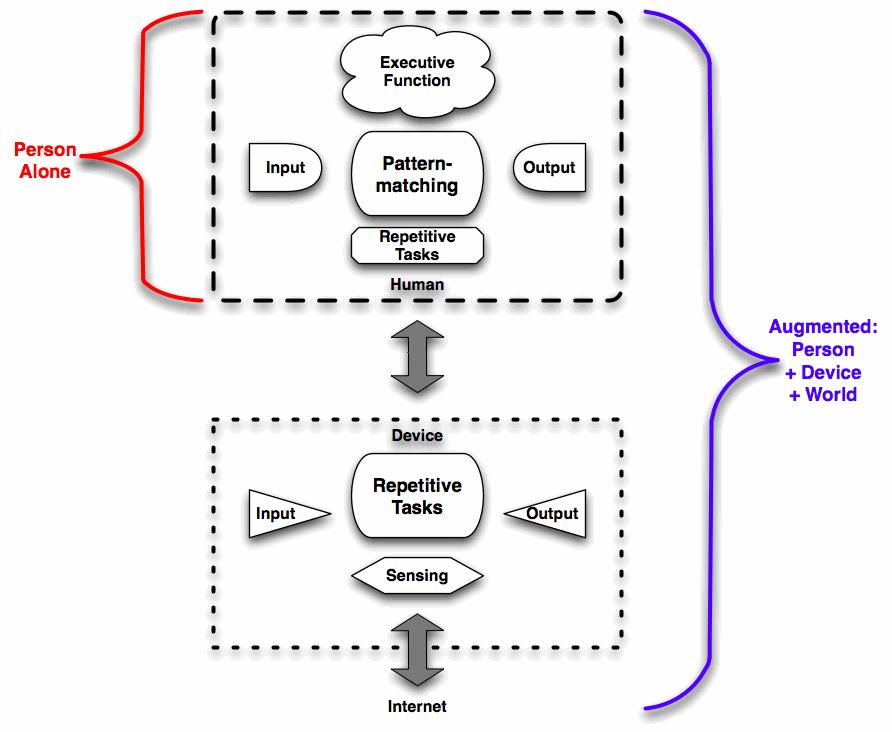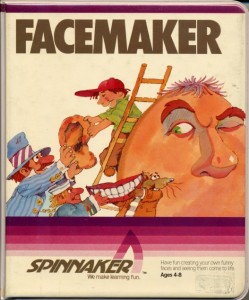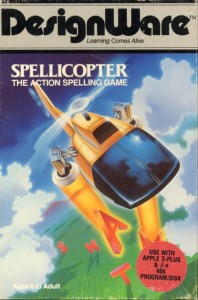At the Upside Learning Blog, this post (which I found through the CLO group on LinkedIn) proclaims that the elearning industry is down on the iPad. I saw several flaws in the argument and had to write this response:
I have to say I think this is partly or completely wrong. Depending on what you mean by the eLearning industry (corporate? Gov’t? Higher Ed? K12? other?), I see emotions running the gamut, but largely positive. I haven’t seen the universal bashing that your title implies.
It’s not about supporting the mobile worker; that’s what a smartphone is for. This is not a real-time communication tool. It is, instead, largely a media consumption tool and a PIM (personal information management) device. Is that good for learning?
First, learners can interact with content in a much richer way than they can with a textbook or the other ereaders (ok, so Kindle’s opened up their SDK, but it’s still monochrome). Not just passive consumption, but interaction. Simulations and learning games. It’s supports interactive content either through the SDK but also through web standards (many Flash folks are already thinking HTML 5 as a standard is going to trump their proprietary environment).
As I blogged, it’s huge for publishers, providing both a channel for richer media and interactivity, and a new unified market channel. That’s a whole new opportunity for an industry in serious strife.
Second, it supports learners capturing their reflections. It supports math modeling/notetaking/presentation creation. And there’ll be diagramming and drawing as well. Basically, learners can track their understandings, and share them.
So, it’s a great platform for formal learning, and I reckon, a reasonably powerful one for informal learning, at least independently (web browser, email). It’s missing some real time dialog (though should support VoIP), but should support text chat and webpage mediated interaction.
So, a) I haven’t seen the eLearning Industry as a whole being negative towards the iPad, b) your examples are very personal, not focused on learners, and c) on principle I think it’s got great upside. So, um, where do you come off with that title?
Ok, probably not my most diplomatic response, but I really feel that while I may have some doubts about the iPad, this argument didn’t articulate the problem very well. What do you think?




